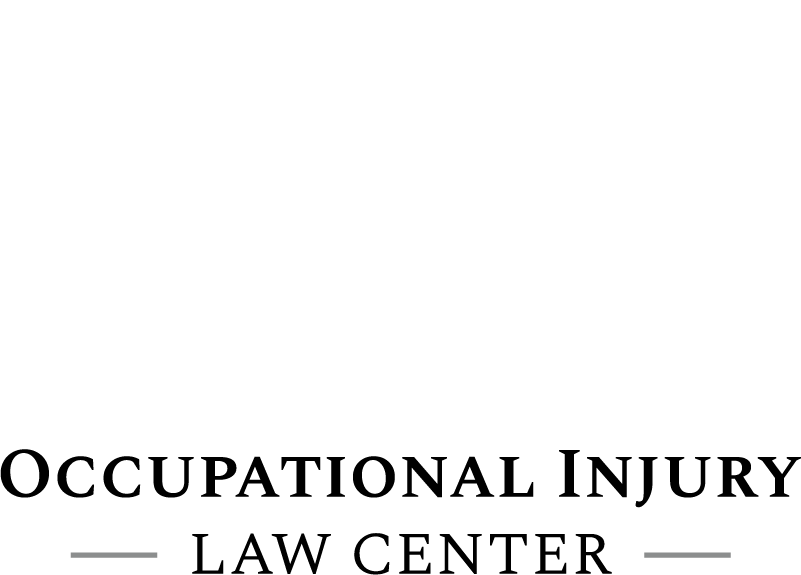Health care workers, the backbone of our health care system, often find themselves facing a myriad of challenges, including the risk of workplace injuries.
These dedicated professionals play a key role in providing medical care and support to patients, but their jobs can take a toll on their physical well-being.
1. Musculoskeletal injuries
Lifting and transferring patients, as well as repetitive tasks such as bending and twisting, can lead to musculoskeletal disorders, such as sprains, strains, and back injuries. The physical demands of the job put health care workers at risk of long-term musculoskeletal pain.
2. Needlestick injuries
Needlestick injuries are a constant concern for health care professionals, particularly nurses and phlebotomists. Accidental needle pricks while administering injections or drawing blood can result in the transmission of infectious diseases, posing a serious threat to their health.
3. Slips, trips, and falls
In the bustling environment of a hospital or clinic, health care workers may encounter wet floors, cluttered hallways, or uneven surfaces. These hazards can lead to slips, trips, and falls, resulting in injuries ranging from minor bruises to severe fractures.
4. Chemical exposure
In certain health care settings, workers may handle hazardous chemicals, disinfectants, or pharmaceuticals. Accidental exposure to these substances can result in skin irritation, respiratory issues, or more severe health problems.
5. Eye injuries
Health care workers often deal with various fluids and sharp objects. This can put them at risk of eye injuries from splashes of bodily fluids, accidental needlesticks, or other incidents.
The health care industry continues to have the highest number of workplace injuries, with 623,000 claims in 2021. If injured on the job, you have the right to seek compensation.

